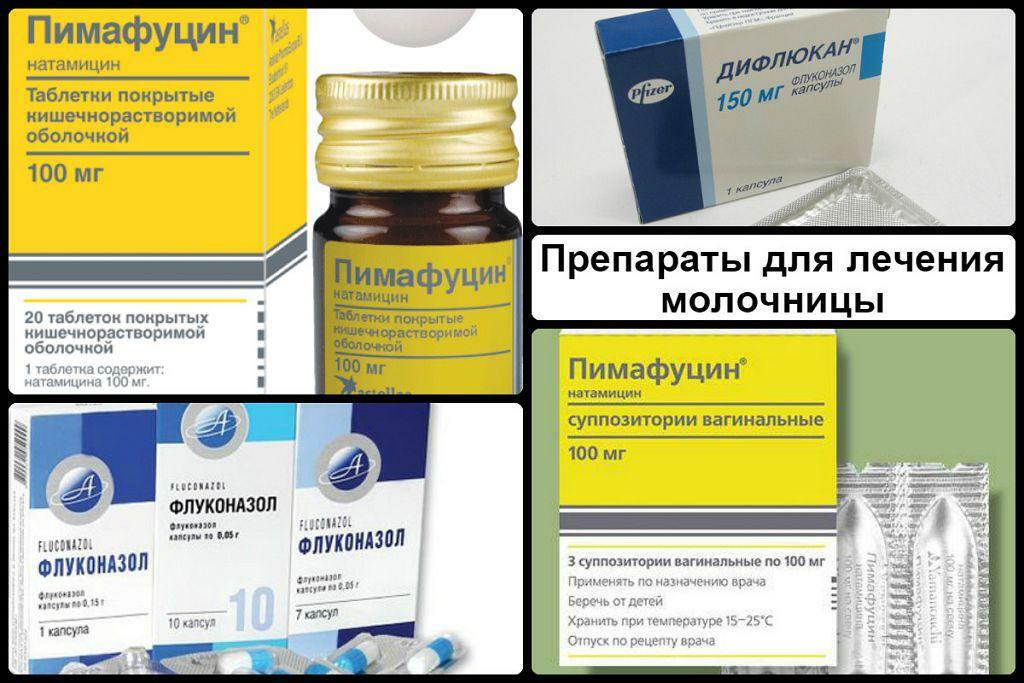Parainfluenza - acute respiratory infection of viral origin that affects the upper respiratory tract, mainly the nose, oropharynx and larynx.
When parainfluenza intoxication symptoms arise (weakness, loss of appetite, fever) and typical catarrhal phenomenon.
The infection is common among children and is less common among adults.
Causes
Parainfluenza cause three main types of virus, an RNA-containing viruses. The causative agent is very resistant to external factors, dies at room temperature later, by heating a couple of hours - instantly.
The viruses that cause parainfluenza, sensitive to most disinfectants. The disease can occur in any season, but there is increased incidence in the fall and winter. The share of parainfluenza account for up to 20-30% of all SARS. Most suffer from young children.
The main source of the virus - is a sick man. Infectious it becomes the last day incubation period and then stored transmissibility even 5-9 days of onset.
Viruses are transmitted in the usual manner for SARS: sneezing, coughing, talk, kissing, with particles of saliva or mucus.
Once in the area of nasopharynx and oropharynx, the virus settles, and then penetrates into all the body's environment. The virus affects the epithelium, local inflammation is formed as a result.
If there is swelling of the throat parainfluenza, accumulation of mucus in the nasal passages, which is manifested, first of all, sore throat and runny nose.
With the penetration of the pathogen in the blood, is the formation of toxic reaction - with headache fever, and loss of appetite. When lowered immunity are frequent complications.
manifestations of parainfluenza
Typical shape parainfluenza mainly affects the area of the upper airways, are involved in the process pharynx, nose and throat.
incubation stage lasts from two days to a week, mostly for 3-4 days. Prodromal stage (a precursor to the disease) is almost not expressed and almost immediately manifest typical symptoms of parainfluenza infection.
At the height of the manifestations is characterized by:
- moderate intoxication, headaches,
- temperature increase within 38 degrees,
- children may be lethargy, weakness, poor appetite with nausea and vomiting,
- nose and throat mucous edema,
- pain in the throat when swallowing,
- swelling of the vocal cords with symptoms of laryngitis - croaking or bark, dry, exhausting cough,
- nose light, scant discharge, without pus.
In the period of recovery runny nose stops the cough becomes wet, the voice becomes a normal call. A few weeks is increased susceptibility to microbial infection due to lower immunity.
Atypical form more often in adults and adolescents, it is typical for:
- normal body temperature,
- no symptoms of intoxication,
- neobilnye nasal discharge,
- slight redness around the temples and cough.
Features parainfluenza in infants manifested in:
- gradual increase in temperature (not exceeding 38 degrees),
- rejection of the breast or bottle,
- lethargy and pallor,
- muscle weakness,
- weak, but long-term rhinitis,
- throaty voice.
4-5 months, the vocal cords are rarely involved in the process, however, often joined by microbial flora and the disease has been delayed for several weeks.
Diagnostics
In fact parainfluenza - a type of SARS. The final diagnosis is made only after laboratory confirmation. If this is not, talking about acute respiratory viral infection.
Distinguishes them from each other that can cause parainfluenza in children laryngitisAs well as a dry paroxysmal cough.
The basis of the diagnosis - a clinical picture of the specific symptoms of the disease:
- an indication of the confirmed cases of parainfluenza in the environment,
- age up to five years for the typical form,
- acute onset of toxemia and the temperature,
- mucosal edema with coryza,
- damage vocal cords with croaking cough.
When this addition is the procedure:
- immunofluorescence,
- linked immunosorbent assay,
- serological diagnosis,
- isolation of the virus from patients.
The methods are expensive and are only used when there are complications.
parainfluenza treatment
Therapy parainfluenza conducted in the home, and in the presence or signs of complications grits (stenosing laryngitis) or bronchitis - in the hospital.
apply:
- bed rest for the duration of fever,
- food, enriched with vitamins and minerals, lacto-vegetarian diet,
- in severe forms shown antiviral therapy immunoglobulins with high concentrations of antibody to influenza virus, parainfluenza and ARVI
- preparations of recombinant interferon
- higher doses of ascorbic acid,
- medications to relieve nasal breathing - a vasoconstrictor, oil-based, based on sea water,
- with painful dry cough - inhalation therapy with saline, alkaline mineral water or mucolytics (phlegm),
- antipyretics for fever, but only at high temperature, diaphoretic broths (linden blossom, St. John's Wort),
- in children older than three years are allowed footbaths with mustard, wraps, rubbing with herbs, if there is no heat.
With the development of laryngitis requiring hospitalization with intensive treatment - inhalation, hormonal and antiviral.
Antibiotics are shown in the case of proven bacterial infection is laminated on the primary disease.
prevention
Parargrippa specific measures of prevention have not been developed, there is no vaccine against it. Perhaps the use of interferons, especially contact persons.
For the rest, to avoid infection parainfluenza possibly adhering to the general principles of prevention of viral infections:
- limit contacts in seasonal epidemics,
- often ventilate the room, wash your hands and face,
- take vitamins and immune stimulants,
- in areas where there is ill, wear cotton-gauze bandage,
- engaged in quenching.



